In 1998, The Lancet published the infamous study that first linked childhood vaccines to autism. Led by Dr. Andrew Wakefield, a team of research scientists analyzed 12 patients whose cases served as the foundation of the study. In response to the report, vaccination rates in Britain dropped as low as 80 percent by 2004, and in the U.S., reports of measles steadily increased and peaked in 2008.
Last December, to the dismay of avid Wakefield supporters, the British Medical Journal labeled his study “an elaborate fraud.” It contended that Wakefield had distorted figures in exchange for 435,000 pounds from a law firm that intended to sue vaccine manufacturers. Since initial accusations, the General Medical Council has stripped Wakefield of his medical license, and The Lancet has retracted his paper.
Due in part to incidents like this, news outlets endlessly question medical reports and statistics, and technology allows them to disseminate updates with the click of a button. However, the omnipresence of news has numbed the audience to its probes, and it grows more difficult every day to differentiate what is truly important from the less significant.
Case in point: Reporters, radio hosts and TV anchors exploded in dialogue this past summer after experts of the World Health Organization (WHO) announced a possible link between cell phones and brain cancer. A team of 31 scientists reviewed past studies on cell phone usage and listed it in the same “carcinogenic hazard” category as lead, engine exhaust and chloroform. Prior to this announcement, the WHO had yet to establish any adverse health effects from previous experiments, and this most recent statement should have sent the public into a state of frenzy. It certainly would have in 1998.
Most of us, however, responded with utter indifference. The report barely managed to peak our interests, and instead it joined the mix of speculations and false alarms that have accumulated throughout the past few years. Just to give you a rough idea, I pulled a handful of titles from CNN.com: “Scientists debate possible cell phone link to brain cancer” (September 2008), “Evidence still fuzzy on cell phones, cancer” (November 2009), “Study fails to end debate on cancer, cell phone link” (May 2010) and finally “WHO: Cell phones might cause cancer” (June 2011). Oh wait, one more: “No, cell phones don’t cause cancer” (June 2011). Don’t get me wrong. I’m grateful that we have the resources to follow this development as cell phones continue to grow in importance, but at what point does the audience finally tune it out?
To quantify the disinterest, Reuters released a poll in June that asked participants: Will this announcement impact your use of mobile phones? Only 16 percent of participants responded “Yes” while 74 percent responded “No,” and 11 percent were “Not Sure.” With three-quarters of the population indifferent to the announcement, it compels me to ask: If the WHO can’t convince us to reconsider our habits, then who can? What will it take for us to react to news?
With the amount of information readily available to the public and the number of contradictions, it’s impossible to know for certain. In this day and age, we must sift through the information provided, make a judgment and decide for ourselves what or not to believe, what we will or will not respond to. Although I am skeptical by nature, I recognize that a strong conviction is often necessary to make effective decisions. Parents must take a stance on the link between childhood vaccinations and autism in order to make the most informed decision at the doctor’s appointment. Cell phone users must take a stance on the link between mobile devices and brain cancer to determine their habits.
Most of the time, it’s easy just to remain indifferent and inactive as news rolls in, but sometimes, life demands that we examine the available information and make an assumption. You never know, you just might be right.




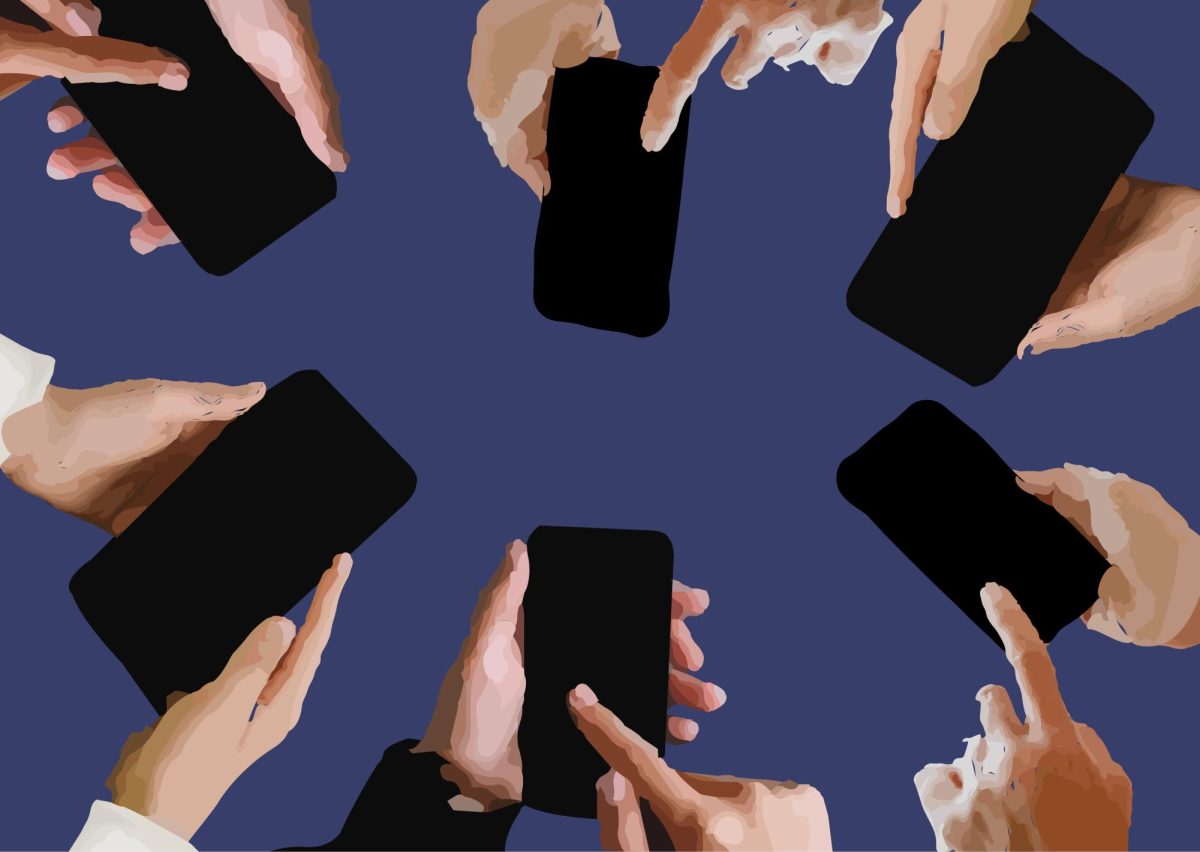





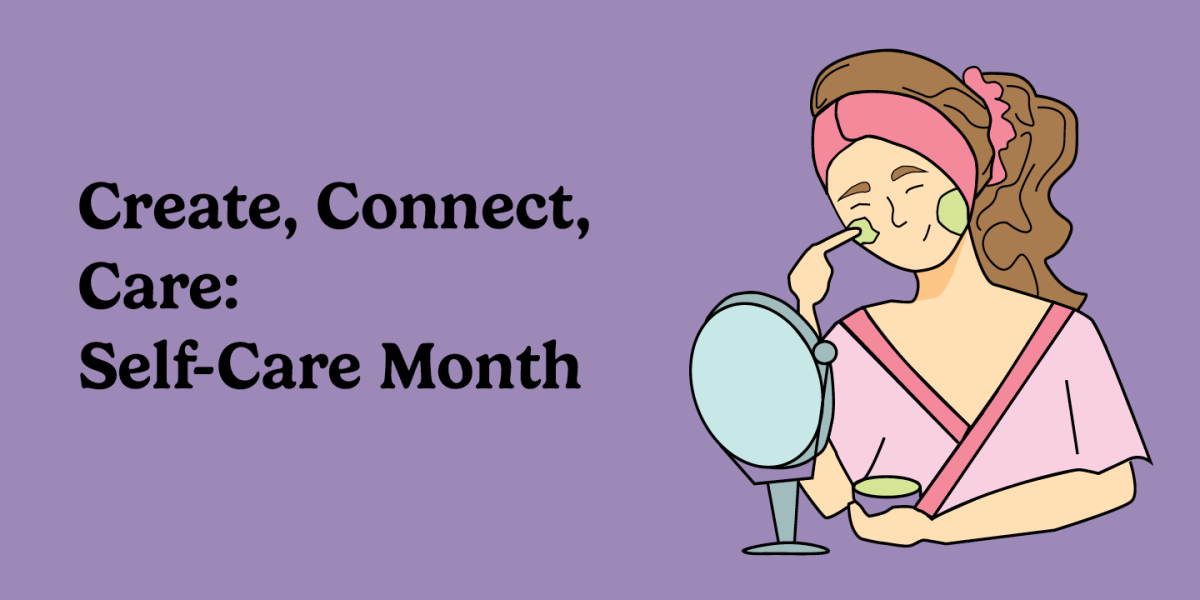





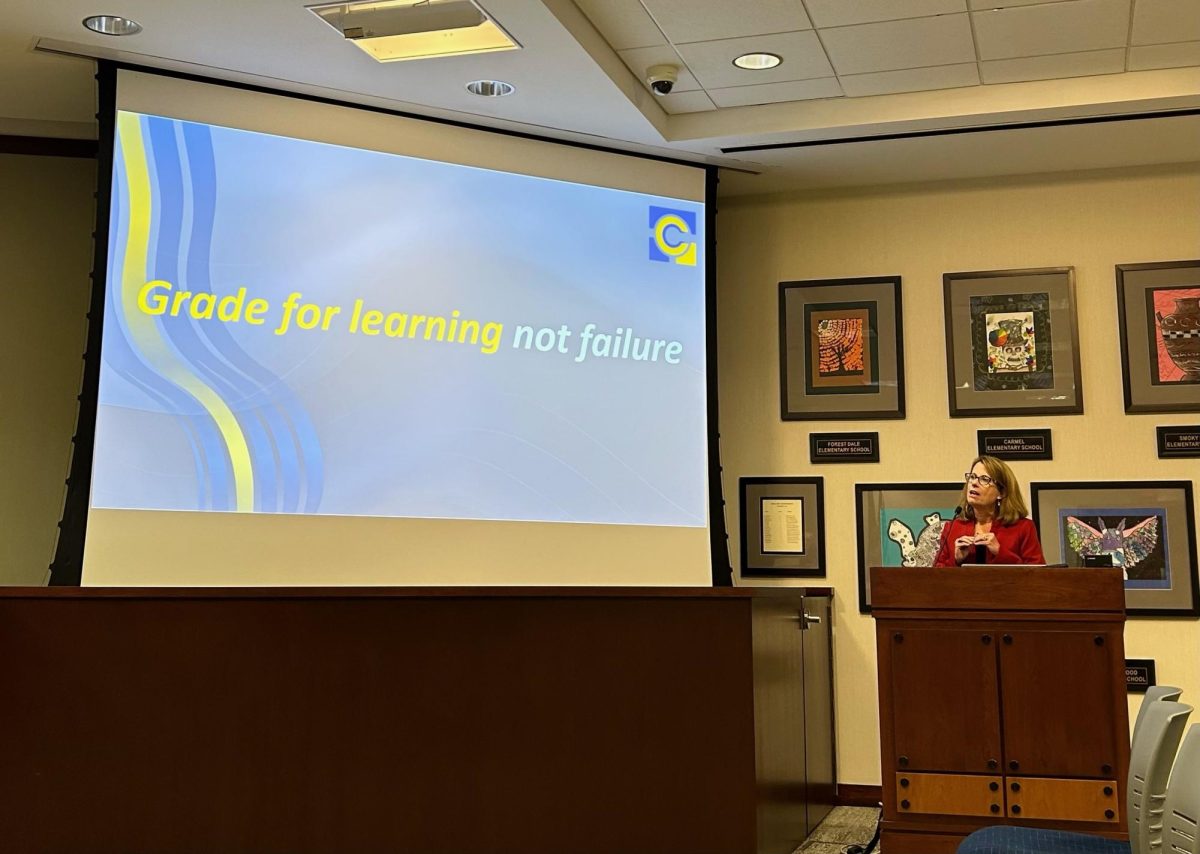





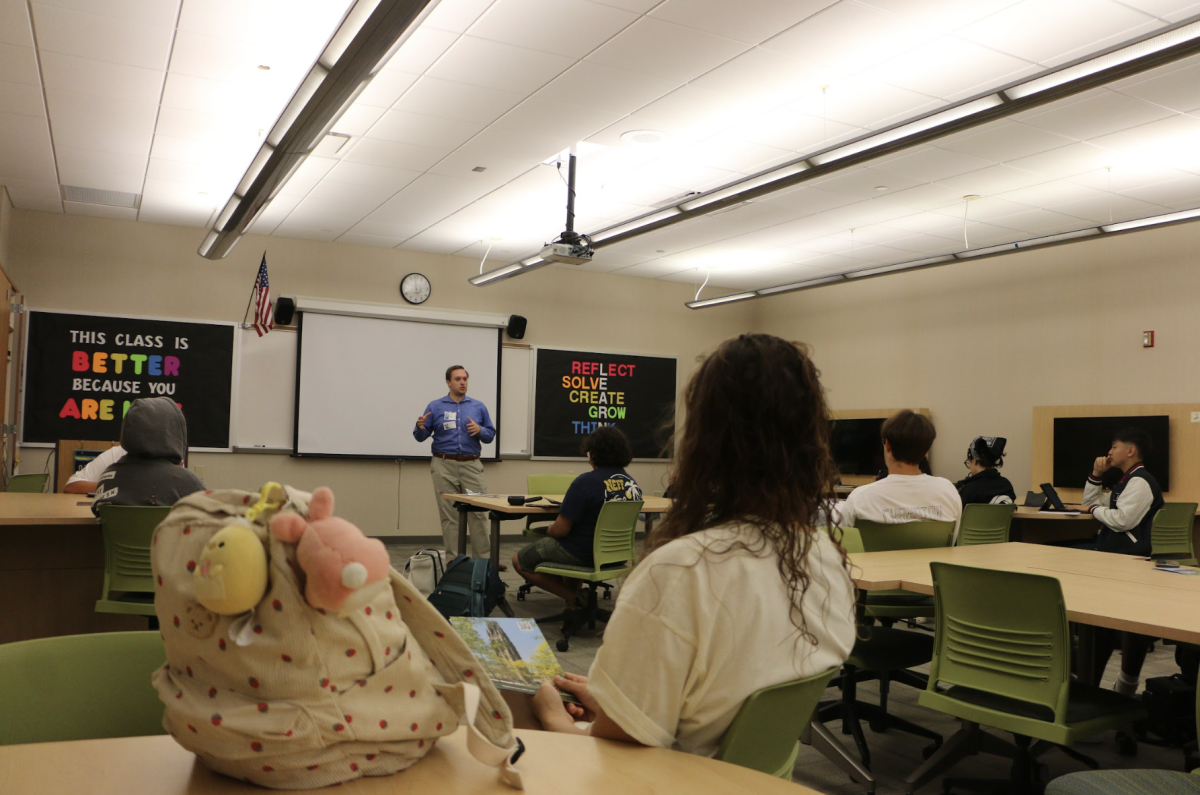








!["Wicked" poster controversy sparks a debate about the importance of accuracy versus artistic freedom [opinion]](https://hilite.org/wp-content/uploads/2024/11/riva-perspective-cover-1200x471.jpg)


![Chilling or Childish? The downfall of modern horror movies [opinion]](https://hilite.org/wp-content/uploads/2024/10/adjusted-horror-cover-1200x471.jpg)
![“Uglies” is a call for change in the YA dystopian genre [opinion]](https://hilite.org/wp-content/uploads/2024/10/Perspectives-Cover-1200x471.jpg)




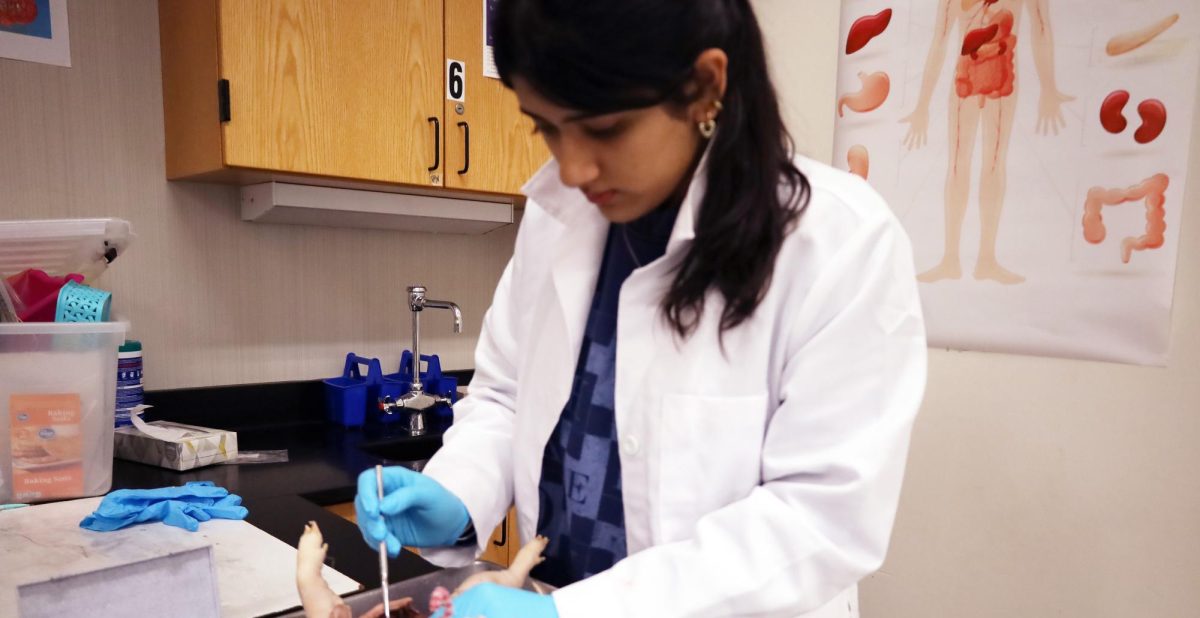






















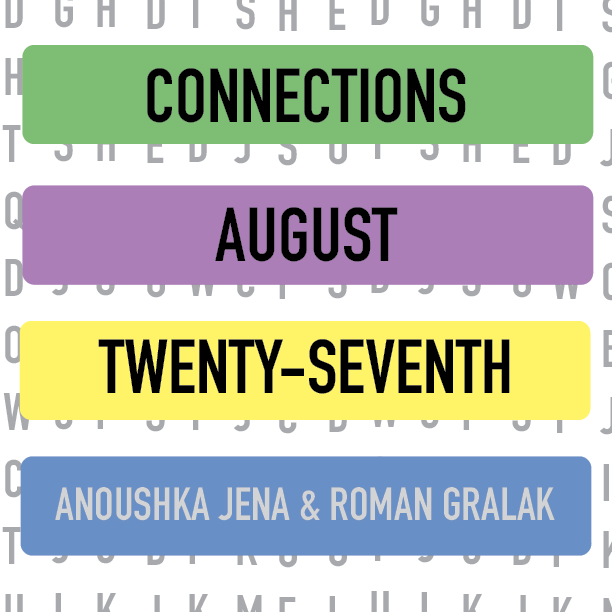







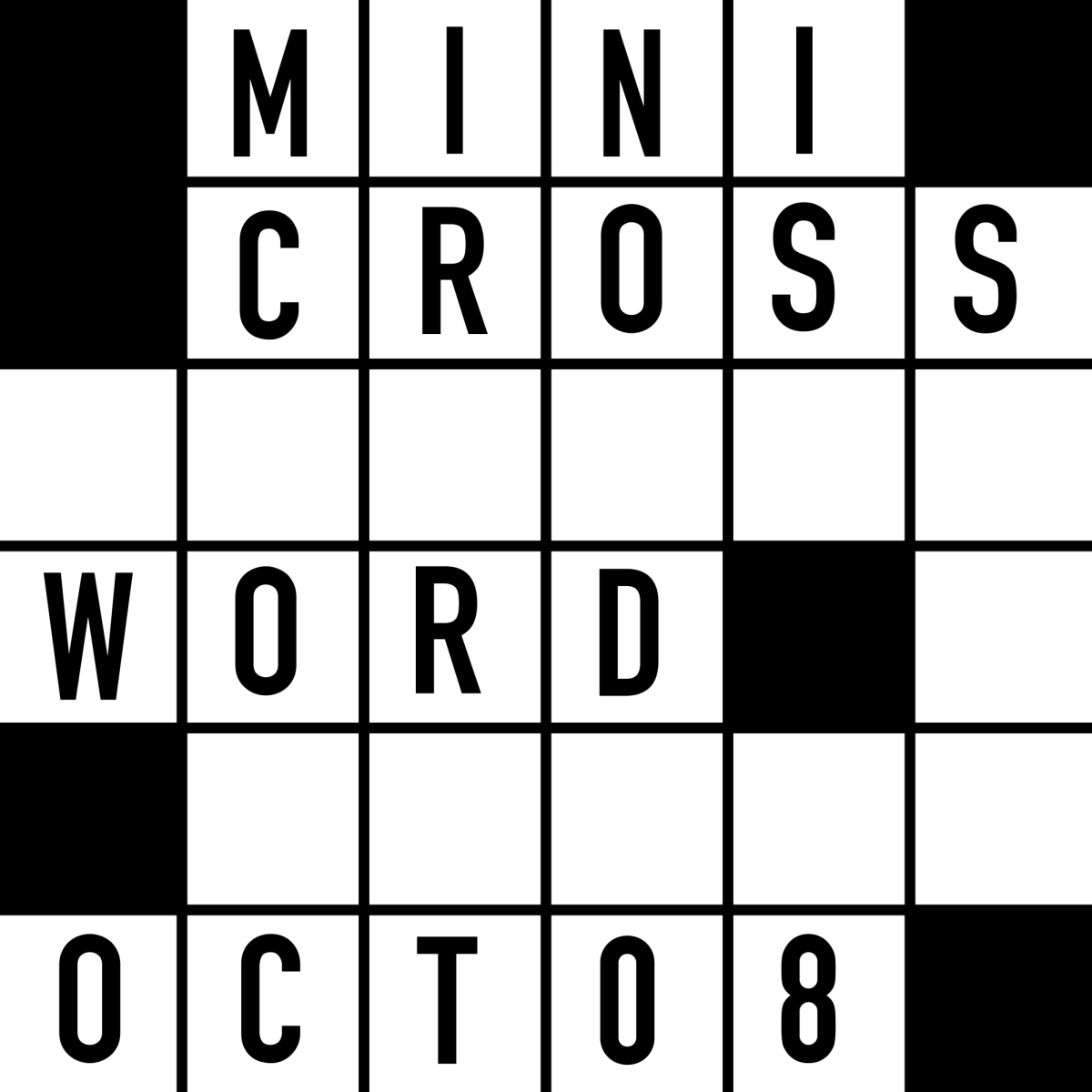


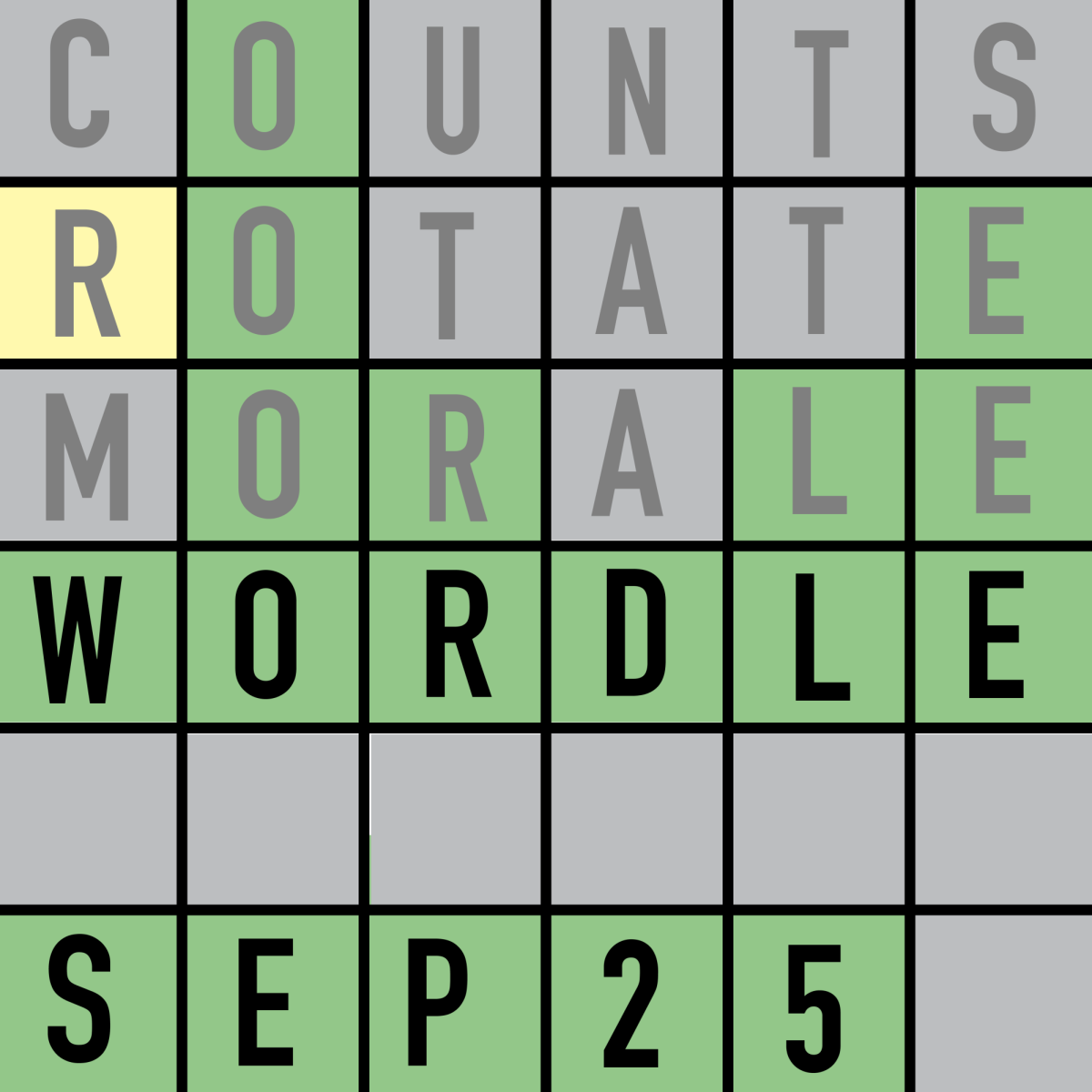



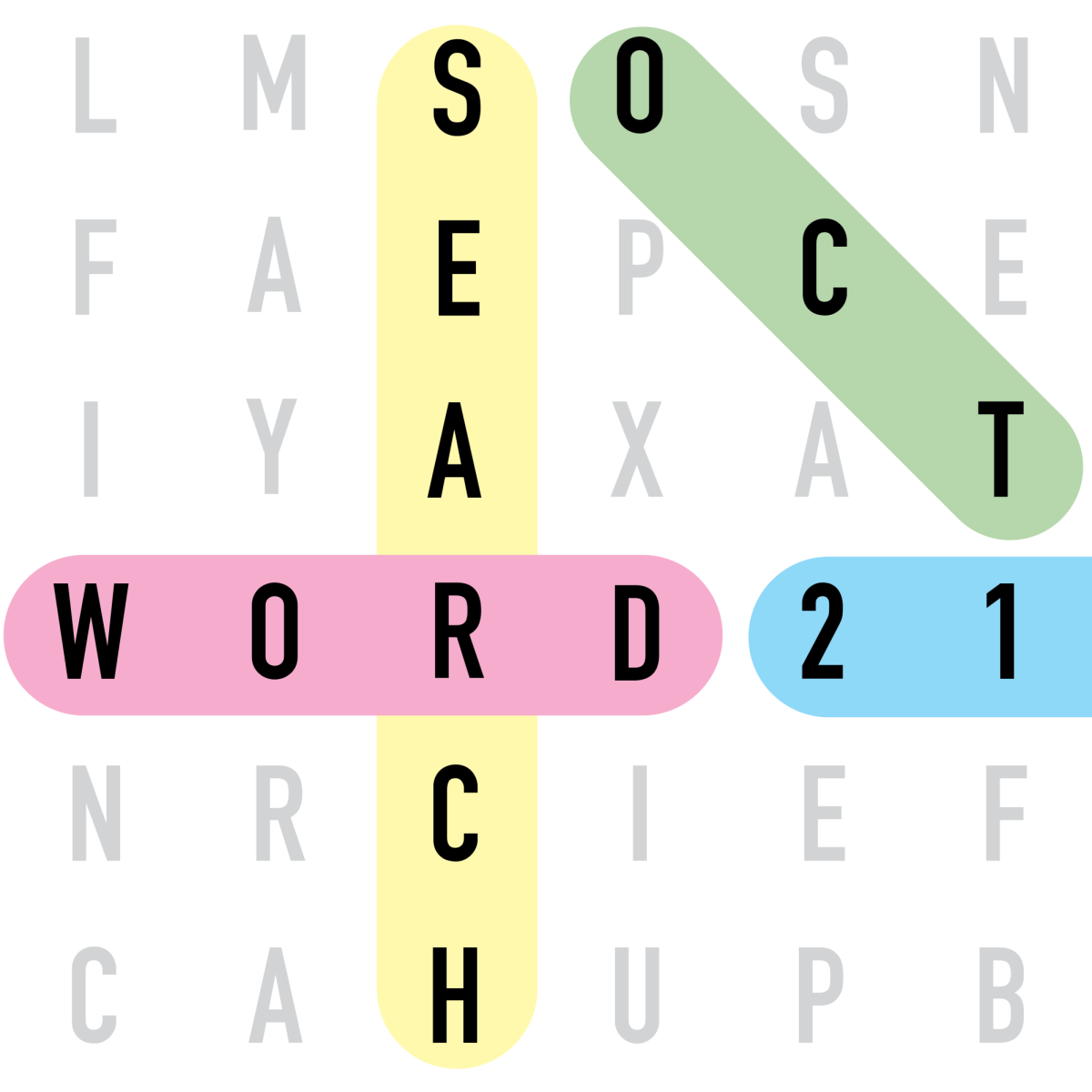
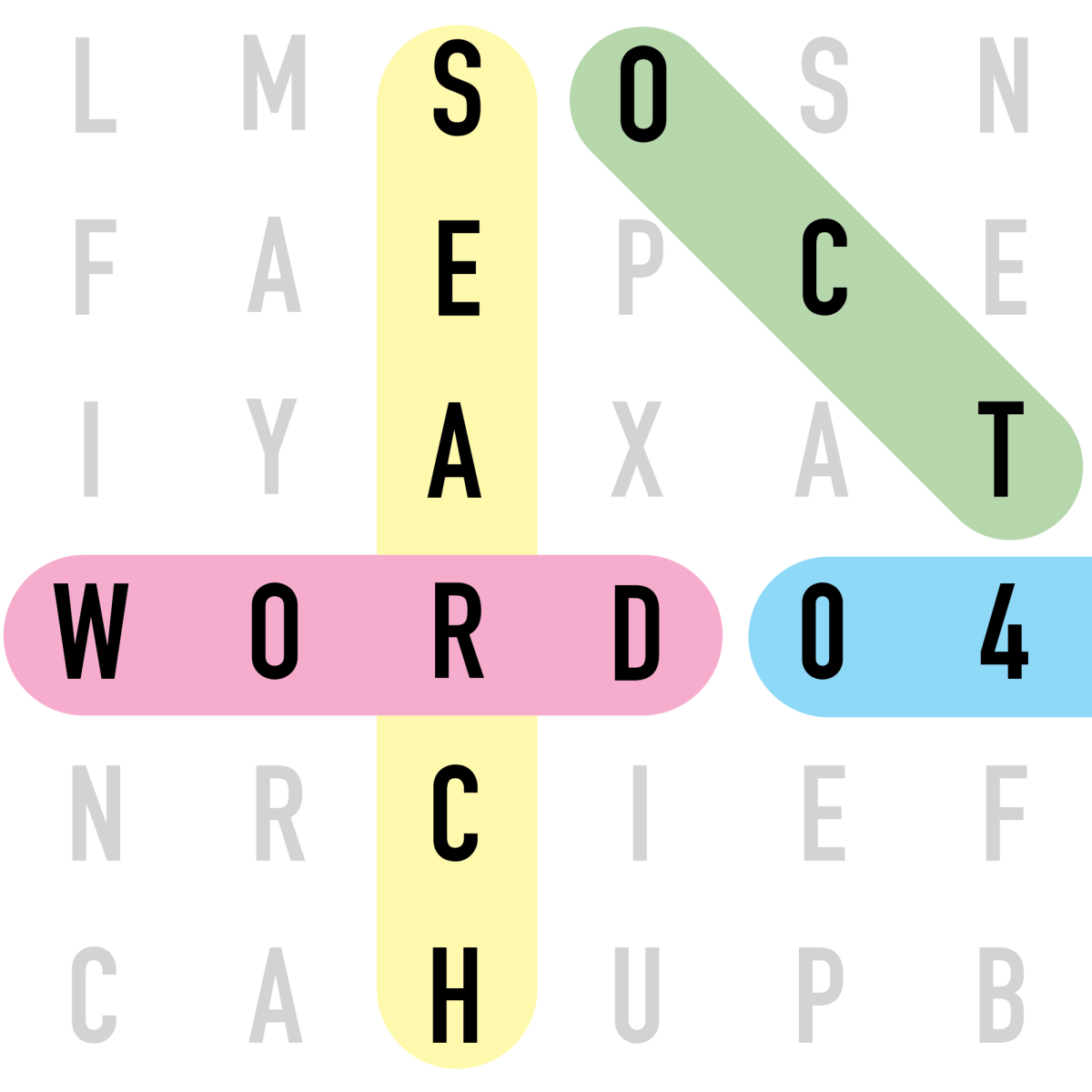
![Review: “Arcane” Season 2 exceeds expectations, but leaves the finale as the make or break of the series [MUSE]](https://hilite.org/wp-content/uploads/2024/11/GUddsa6XIAAuDuB-1-e1723281667555-1200x676.jpg)
![Review: Indy Scream Park is a perfect level of spook to kickstart the Halloween season [MUSE]](https://hilite.org/wp-content/uploads/2024/11/IMG_1383.jpg)
![Review: “Saturday Night” is a chaotic and thrilling look at the origins of “Saturday Night Live” [MUSE]](https://hilite.org/wp-content/uploads/2024/10/snl-1200x800.jpg)
![Review: “Megalopolis” is a bold, bewildering mess [MUSE]](https://hilite.org/wp-content/uploads/2024/10/MV5BYTk3MjUzMGItYmU1NC00M2YyLThmNDMtNDI4NjkxNjgzMjQzXkEyXkFqcGdeQXRyYW5zY29kZS13b3JrZmxvdw@@._V1_-1200x675.jpg)
![Review in Print: Maripaz Villar brings a delightfully unique style to the world of WEBTOON [MUSE]](https://hilite.org/wp-content/uploads/2023/12/maripazcover-1200x960.jpg)
![Review: “The Sword of Kaigen” is a masterpiece [MUSE]](https://hilite.org/wp-content/uploads/2023/11/Screenshot-2023-11-26-201051.png)
![Review: Gateron Oil Kings, great linear switches, okay price [MUSE]](https://hilite.org/wp-content/uploads/2023/11/Screenshot-2023-11-26-200553.png)
![Review: “A Haunting in Venice” is a significant improvement from other Agatha Christie adaptations [MUSE]](https://hilite.org/wp-content/uploads/2023/11/e7ee2938a6d422669771bce6d8088521.jpg)
![Review: A Thanksgiving story from elementary school, still just as interesting [MUSE]](https://hilite.org/wp-content/uploads/2023/11/Screenshot-2023-11-26-195514-987x1200.png)
![Review: "When I Fly Towards You", cute, uplifting youth drama [MUSE]](https://hilite.org/wp-content/uploads/2023/09/When-I-Fly-Towards-You-Chinese-drama.png)
![Postcards from Muse: Hawaii Travel Diary [MUSE]](https://hilite.org/wp-content/uploads/2023/09/My-project-1-1200x1200.jpg)
![Review: "Ladybug & Cat Noir: The Movie," departure from original show [MUSE]](https://hilite.org/wp-content/uploads/2023/09/Ladybug__Cat_Noir_-_The_Movie_poster.jpg)
![Review in Print: "Hidden Love" is the cute, uplifting drama everyone needs [MUSE]](https://hilite.org/wp-content/uploads/2023/09/hiddenlovecover-e1693597208225-1030x1200.png)
![Review in Print: "Heartstopper" is the heartwarming queer romance we all need [MUSE]](https://hilite.org/wp-content/uploads/2023/08/museheartstoppercover-1200x654.png)






